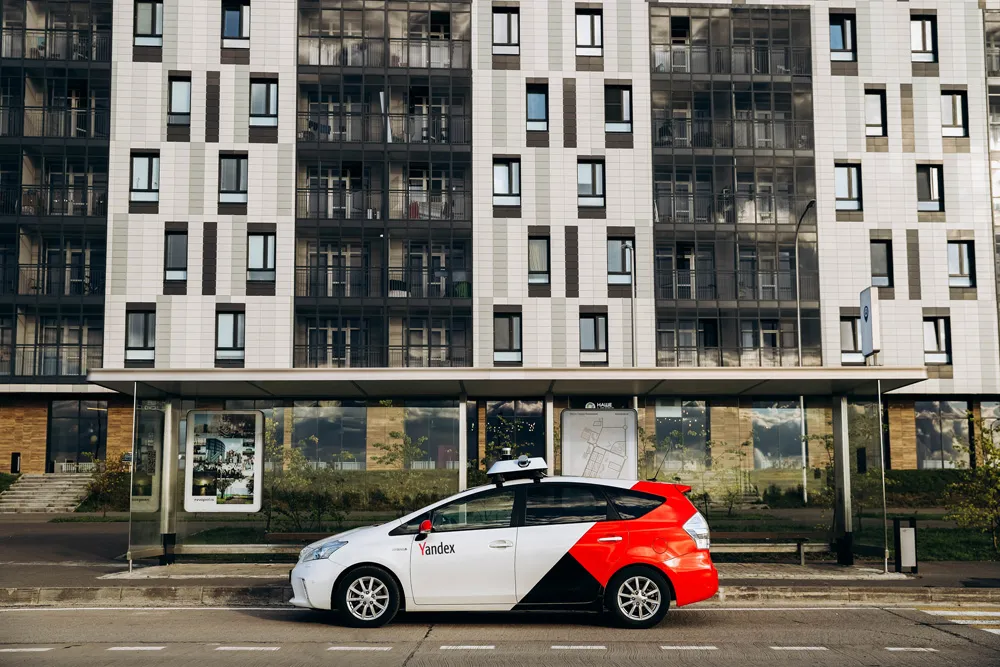Research just released by telecommunications company
The survey found that around half of consumers now consider connected features, such as inbuilt connectivity and the ability to plug in a smartphone, a key part of their next car purchase. Features such as increased safety, early warning systems and smarter navigation are cited as the most popular, with 73 per cent of drivers listing safety and diagnostics features as the most important. Around 80 per cent of consumers expect the connected car of the future to provide the same connected experience they are used to at home, at work and on the move via their mobile phone.
Other findings include: On average 35 per cent of drivers expect not to own their own car by 2034, and instead predict they will be using alternative options such as car sharing services; The dashboard is the favoured way for accessing connected services, particularly for safety, navigation and vehicle diagnostics, with more than 60 per cent of respondents across all markets preferring to access features in this way; Drivers in different countries will prefer to pay for connected services in different ways. Most Spanish drivers would prefer a one-off payment while those in America, Germany and the UK would favour basic connectivity with the option to choose additional services. Brazilians are split between the latter and a full-on PAYG model, suggesting a degree of flexibility not seen in other countries.
The findings are part of Telefónica’s Connected Car Industry Report 2014 featuring independent primary research and contributions from six of the world’s largest car manufacturers. The report builds on some of the topics covered in Telefónica’s inaugural Connected Car study from 2013 which predicted that that the number of vehicles with built-in connectivity will increase from ten per cent of the overall market in 2013 to 90 per cent by 2020. This second report provides insight, from a driver’s perspective, into the car industry’s biggest transformation in over a century, detailing the opportunities, challenges and predicted trends for the sector.
Pavan Mathew, global head of Connected Car at Telefónica commented: “Through looking at the connected car from a driver’s perspective, it’s clear that the demand for connected services in cars is unquestionable. Even though we’re just moving off of the starting line, people are ready for it and know what they want. But challenges to widespread roll-out remain.
“Many consumers currently think of connected car services in terms infotainment and wi-fi, but this changes when they are made aware of the variety of options that the technology can offer. Safety and diagnostics appear to be the most attractive features to drivers, illustrating just how important factors such as road safety and vehicle maintenance are in consumer purchasing decisions.
“We can expect to see a gradual creep of connectivity into vehicles over the next few years but there won’t be an explosion over the next 12 months. The reason for this lies in the complexity of the challenges that connectivity is trying to address.
“While OEMs still have a way to go before they break out of their traditional role as a manufacturer and become a full, connected service provider, they certainly have a strong, trusted base to build from.”
Earlier this year Telefónica announced an agreement with Tesla, the world’s leading electric vehicle (EV) manufacturer, to provide connectivity for the Tesla Model S in Europe.
Survey finds driver demand for connected cars is growing
Research just released by telecommunications company Telefónica suggests that consumers are ready for connected cars. According to the study, there is sufficient global demand for connected car services, with more than 70 per cent of drivers surveyed saying that they are interested in using, or are already using, connected car services.
The survey found that around half of consumers now consider connected features, such as inbuilt connectivity and the ability to plug in a smartphone, a key part of their
July 18, 2014
Read time: 4 mins









